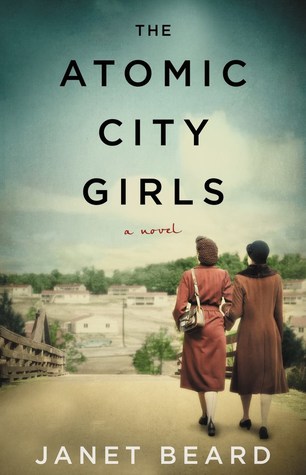 The Atomic City Girls by Janet Beard
The Atomic City Girls by Janet Beard Formats available: paperback, ebook, audiobook
Pages: 384
Published by William Morrow Paperbacks on February 6th 2018
Purchasing Info: Author's Website, Publisher's Website, Amazon, Barnes & Noble, Kobo, Bookshop.org
Goodreads
In the bestselling tradition of Hidden Figures and The Wives of Los Alamos, comes a riveting novel of the everyday women who worked on the Manhattan Project during World War II
“What you see here, what you hear here, what you do here, let it stay here.”
In November 1944, eighteen-year-old June Walker boards an unmarked bus, destined for a city that doesn’t officially exist. Oak Ridge, Tennessee has sprung up in a matter of months—a town of trailers and segregated houses, 24-hour cafeterias, and constant security checks. There, June joins hundreds of other young girls operating massive machines whose purpose is never explained. They know they are helping to win the war, but must ask no questions and reveal nothing to outsiders.
The girls spend their evenings socializing and flirting with soldiers, scientists, and workmen at dances and movies, bowling alleys and canteens. June longs to know more about their top-secret assignment and begins an affair with Sam Cantor, the young Jewish physicist from New York who oversees the lab where she works and understands the end goal only too well, while her beautiful roommate Cici is on her own mission: to find a wealthy husband and escape her sharecropper roots. Across town, African-American construction worker Joe Brewer knows nothing of the government’s plans, only that his new job pays enough to make it worth leaving his family behind, at least for now. But a breach in security will intertwine his fate with June’s search for answers.
When the bombing of Hiroshima brings the truth about Oak Ridge into devastating focus, June must confront her ideals about loyalty, patriotism, and war itself.
My Review:
The Atomic City Girls straddles the line between pure historical fiction and a genre perhaps best described as “fictionalized history”. Historical fiction takes known historical events or periods and slides fictional characters into them. World War II is a popular time period, but far from the only one.
Fictionalized history, on the other hand, is sometimes referred to “history with conversation”, where all the characters are real historical figures and the author weaves a story either around parts of their lives and history that were less well illuminated but still fit within what is known, or adds gloss to private moments that were naturally not recorded – going into what they might have felt behind what it is known they did.
The Atomic City Girls sits rather uncomfortable on top of that dividing line, as straddles often do.
The author follows the story of three separate individuals at Oak Ridge Tennessee during its years as the secret manufacturing city for the Manhattan Project in World War II. While the individuals featured did not exist, they are intended as composites of many people who were part of Oak Ridge during those years.
One is a young local woman, barely 18, whose grandfather owned some of the land that was purchased by the U.S. to build Oak Ridge. June Walker comes to Oak Ridge as one of many young women who become factory workers, watching the dials on machines whose purpose she is not intended to know and which it is not expected she would understand if she did know. And for anyone to tell her what those machines do is a violation of the extremely strict security that surrounds the place.
Sam Cantor, actually Dr. Sam Cantor, is one of the nuclear physicists who is responsible for the development of the process used to extract Uranium 235 from ordinary uranium. He knows exactly what Oak Ridge is all about, both in the scientific sense and in the sense of the war. Sam’s family emigrated to the U.S. from Germany in the 1920s. They are Jews, and have lost touch with any family left behind, fearing, rightfully so, that anyone left in Germany has died in the concentration camps.
Sam is also fully aware of Oak Ridge’s scientific implications in another sense. While he wants to be sure that the U.S. wins the war, and that they develop a nuclear bomb before Hitler, once Germany surrenders he is increasing weighed down by the moral and ethical implications of dropping an atomic bomb on a civilian population – any civilian population – as many of the scientists were. The nuclear genie is one that once let out of its bottle, will have untold consequences for everyone, and they know it.
Last, is Joe Brewer, an African-American construction worker who is treated like a second-class citizen at every turn. But Joe is in his early-40s, and his treatment is the life that he has always known. He also knows it’s wrong, but he is certain that he can’t change it. And that he is earning the best money he has ever made in his life. All he wants is for things to get just better enough that his wife can get a job at Oak Ridge too, and that they can bring their family back together. Part of that second-class treatment means that while white workers are permitted to bring their wives and families to Oak Ridge, black workers are not until very late in the war.
So, although the title is The Atomic City Girls, the story is only partly about June and her part of the work. Instead, we watch as young June and disaffected and often drunk Sam drift into a relationship that at first improves life for both of them, but is, in the end, unsustainable.
Sam never recovers from his experiences at Oak Ridge, while June builds on her chance to escape her restricted upbringing for a better life outside of rural Tennessee and a stellar career as a teacher.
Joe, after the tragedy of seeing the younger black workers suffer for their attempts to create better working conditions for their people, survives and flourishes in Oak Ridge as the post-war years go by. His dreams are for his children, and they come true.
Escape Rating B: Each of the stories was individually interesting, but there were just too many of them. The author is attempting to show life and work in Oak Ridge through the eyes of characters of very different perspectives, but the action switches between them too often and we don’t get to invest as much in any of the stories as we would have if she had followed one (or two in the case of June and Sam) exclusively.
I enjoyed reading the individual stories, but they just didn’t gel into a whole, at least not for me. Joe’s story may be the most fascinating, and it feels like the least known, but it’s also the one we follow the least. The primary focus is on June and Sam, and Joe only intersects with them tangentially, which is not surprising in this context. (Whether or not things should have been different, the historical fact is that they were not).
One of the contrasts that was pivotal was between June and her roommate Cici. In the end, both June and Cici were able to use their experiences in Oak Ridge to leave behind the life they would otherwise have had. Both were from rural Tennessee, from similar tiny towns with similarly proscribed lives to look dubiously forward to. But Cici came to Oak Ridge pretending to be an upper class Nashville belle. She lived a lie, and used that lie to snag a rich husband. In the end, she had the life she dreamed of but was not happy. June, on the other hand, never pretended to be anything she wasn’t, so she was able to build on her experience in a positive way.
Because the story ended up focusing on June’s fateful relationship with Sam, we really don’t get the slice-of-Oak-Ridge life that I was initially expecting. In the end, while I ended up interested enough in each of the individuals to want to know more about their story, The Atomic City Girls didn’t build up to quite what I was hoping for.
For a completely non-fictional but quite readable take on this same period, check out The Girls of Atomic City by Denise Kiernan.


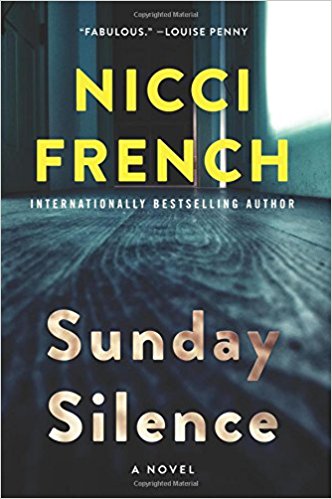 Sunday Silence (Frieda Klein, #7) by
Sunday Silence (Frieda Klein, #7) by 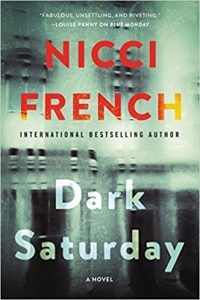 The story in Sunday Silence picks up where
The story in Sunday Silence picks up where 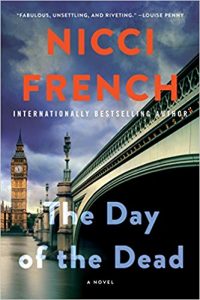 The emotional investment in the story comes from the people who surround her. It’s them that we feel for, because we see so much more of their emotions than we do hers. As a result, I’m not sure how a reader would be coming into the series at this point. While the suspenseful element would still be present, without having read at least some of the previous books, the emotional connection to the characters would feel as distant as Frieda’s, and I think it would lose something.
The emotional investment in the story comes from the people who surround her. It’s them that we feel for, because we see so much more of their emotions than we do hers. As a result, I’m not sure how a reader would be coming into the series at this point. While the suspenseful element would still be present, without having read at least some of the previous books, the emotional connection to the characters would feel as distant as Frieda’s, and I think it would lose something.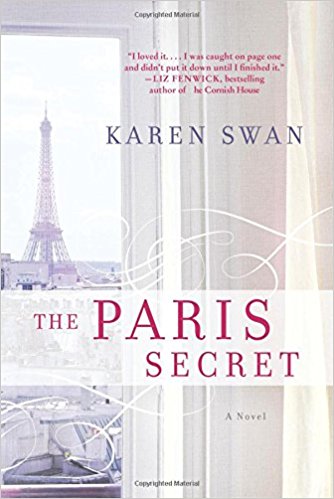 The Paris Secret by
The Paris Secret by 
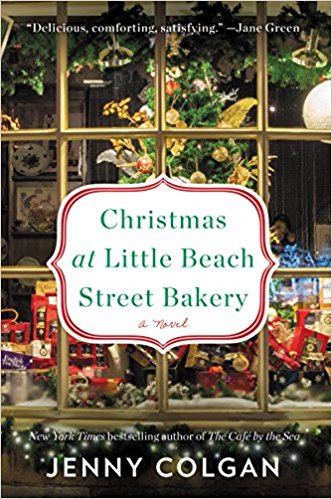 Christmas at Little Beach Street Bakery by
Christmas at Little Beach Street Bakery by  That Polly has been adopted by a puffin, or more specifically that Neil has Polly wrapped around his bright little beak, is utterly adorable. And adds a marvelous touch of whimsy at just the right moments. I haven’t read the rest of the
That Polly has been adopted by a puffin, or more specifically that Neil has Polly wrapped around his bright little beak, is utterly adorable. And adds a marvelous touch of whimsy at just the right moments. I haven’t read the rest of the 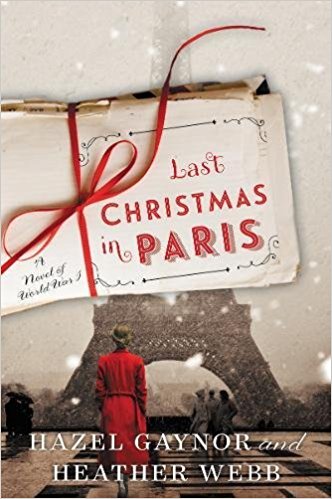 Last Christmas in Paris: A Novel of World War I by
Last Christmas in Paris: A Novel of World War I by 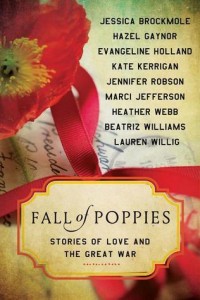 As much as I loved this book, I kept having the niggling feeling that I had read some of it before. It certainly reminds me
As much as I loved this book, I kept having the niggling feeling that I had read some of it before. It certainly reminds me 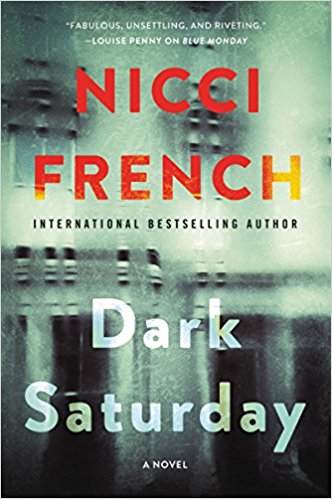 Dark Saturday (Frieda Klein, #6) by
Dark Saturday (Frieda Klein, #6) by 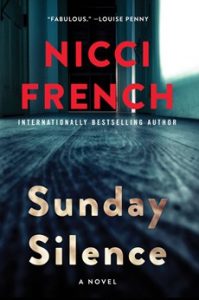 Escape Rating A: I read this in a single day. At bedtime, I was just so into it, I couldn’t stop reading, so I didn’t. Just after 2 in the morning, I turned the last page and was completely blown away. Also chilled to the bone. Hannah’s case is disturbing enough, but the ending, and what it portends for the next book,
Escape Rating A: I read this in a single day. At bedtime, I was just so into it, I couldn’t stop reading, so I didn’t. Just after 2 in the morning, I turned the last page and was completely blown away. Also chilled to the bone. Hannah’s case is disturbing enough, but the ending, and what it portends for the next book, 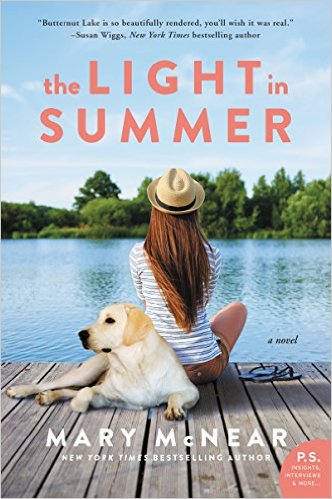 The Light In Summer by
The Light In Summer by  The
The 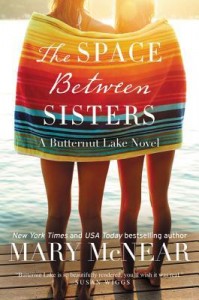 I’m still looking forward to more in this series, but for this reader, The Light in Summer didn’t have nearly enough romantic heat. Your reading mileage may vary. But if you are looking for an entry in this series that does a much better blend of family drama with romance and small-town feels, go back to
I’m still looking forward to more in this series, but for this reader, The Light in Summer didn’t have nearly enough romantic heat. Your reading mileage may vary. But if you are looking for an entry in this series that does a much better blend of family drama with romance and small-town feels, go back to 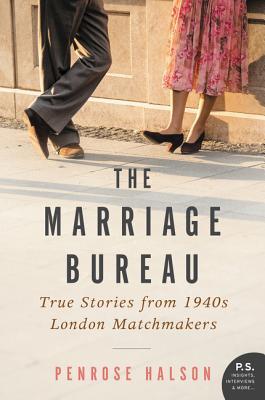 The Marriage Bureau: The True Story of How Two Matchmakers Arranged Love in Wartime London by
The Marriage Bureau: The True Story of How Two Matchmakers Arranged Love in Wartime London by 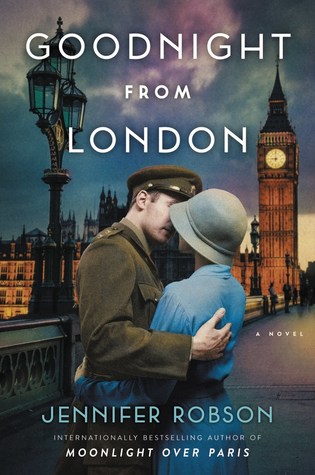 Goodnight from London by
Goodnight from London by 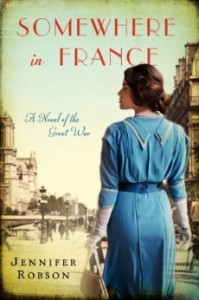 Unlike her previous novels,
Unlike her previous novels, 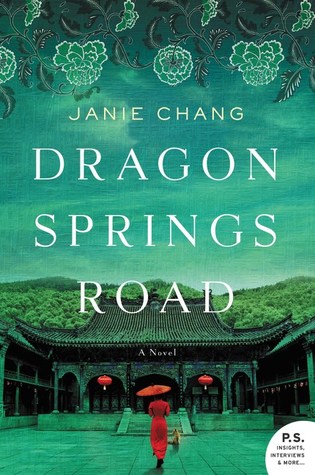 Dragon Springs Road by
Dragon Springs Road by 